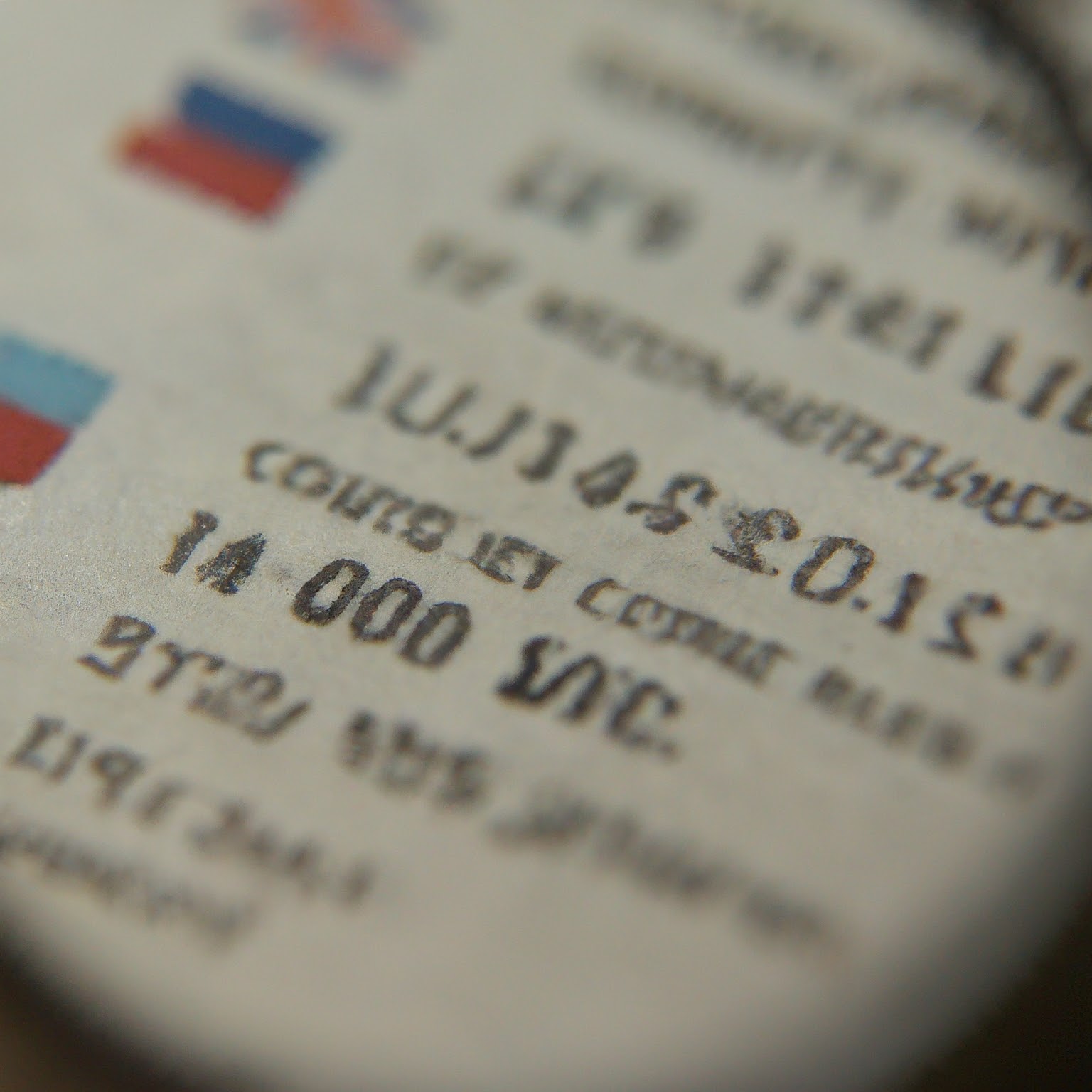In our increasingly interconnected world, accurately identifying the source of a product is crucial. This is where the country of origin code comes into play. It acts as a universal language, streamlining international trade and ensuring transparency for consumers.

But what exactly is a country of origin code? There are actually three main formats maintained by the International Organization for Standardization (ISO):
-
ISO 3166-1 alpha-2:
- This widely recognized system employs two-letter codes like US for the United States, FR for France, and CN for China. You’ll often see these codes used in internet top-level domains (like .us) or product labeling.
-
ISO 3166-1 alpha-3:
- Offering a bit more detail, this format uses three-letter codes (USA, FRA, CHN) for the same countries.
-
ISO 3166-1 numeric:
- This system assigns unique three-digit numeric codes (840 for the United States, 250 for France, and 156 for China) that are language-independent, making them useful for international data exchange.
So, how are country of origin codes used? Here are some key applications:
-
Customs and Trade Regulations:
- These codes play a vital role in facilitating international trade by simplifying customs clearance procedures. They help identify applicable duties, taxes, and restrictions.
-
Product Labeling:
- Consumers have the right to know where their products come from. Country of origin codes ensure transparency in labeling, allowing informed purchasing decisions.
-
Supply Chain Management:
- Businesses leverage these codes to track the movement of goods throughout their supply chains, ensuring product traceability and efficient logistics.
Understanding country of origin codes empowers both businesses and consumers. Businesses can navigate international trade regulations with greater ease, while consumers can make informed choices based on product provenance. As globalization continues to accelerate, these seemingly simple codes will remain a cornerstone of global commerce.
لا تعليق